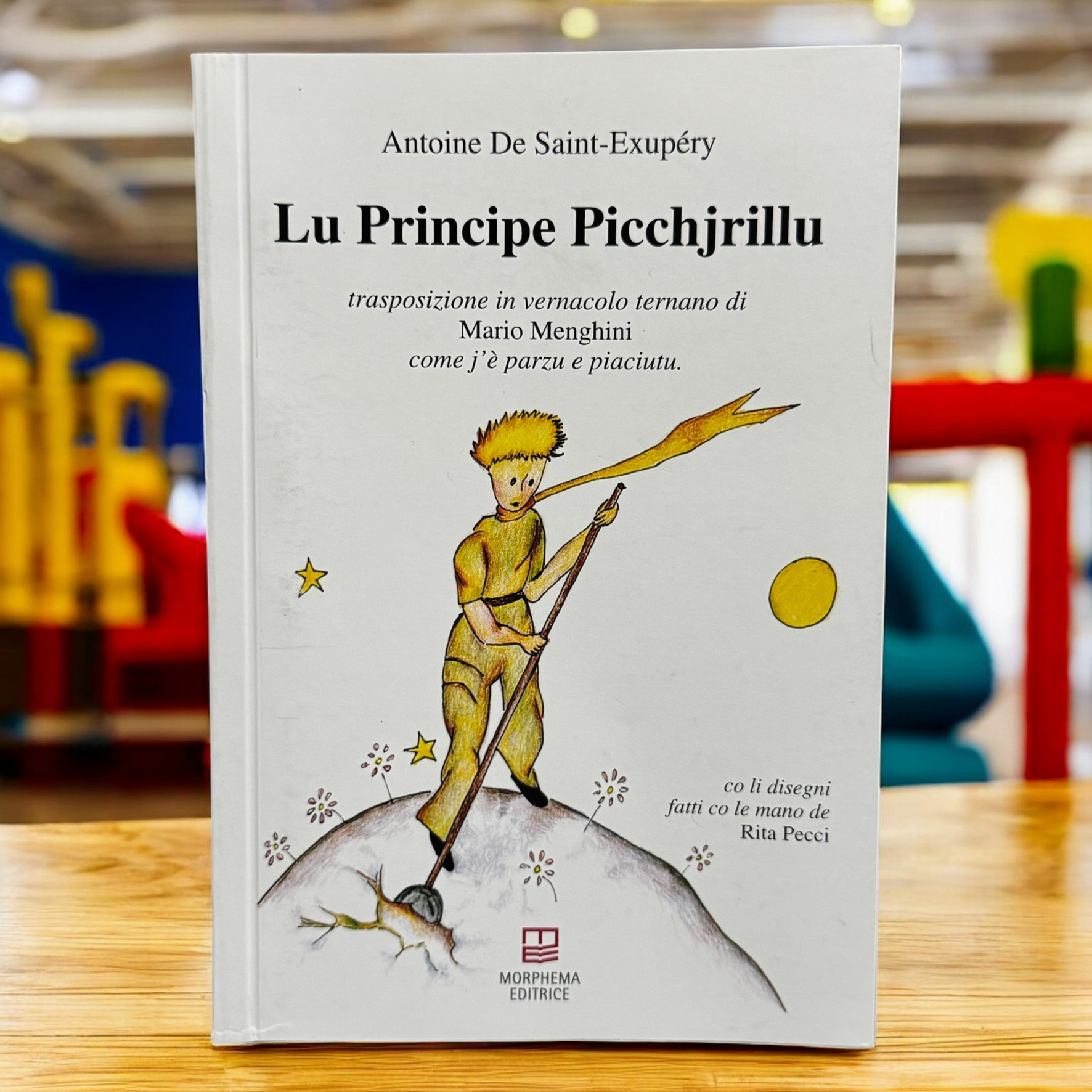
Lu Principe Picchjrillu — in Ternano dialect.
The Ternano varieties of the Umbrian dialect form a distinct and culturally rich subset of the central Italian dialectal landscape, spoken primarily in and around the city of Terni, in southern Umbria. These varieties belong to the Central Italo-Romance group, closely related to neighbouring Umbrian dialects, but with notable influences from Lazio (particularly Romanesco) and southern Sabine varieties, reflecting centuries of historical and cultural exchange between Umbria and the wider Mezzogiorno. While the broader Umbrian dialect family shares features with Tuscan and Roman speech, Ternano stands out for its strong consonantal shifts, vowel reductions, and characteristic intonations, which give it a distinct, almost theatrical musicality recognised and cherished by locals.
Historically, Terni has played an intriguing role as both an ancient Roman settlement and, later, an important industrial hub in central Italy. The dialect evolved not only from Latin roots but also from the vulgar Latin of soldiers, workers, and peasants who built the city’s early infrastructure. As Terni became a centre of steel production in the 19th and 20th centuries—earning it the nickname *“The Manchester of Italy”—the dialect absorbed terms and expressions from working-class culture, technical jargon, and even migratory influences, creating a lexicon deeply embedded in both traditional rural life and urban modernity.
Culturally, Ternano varieties have served as a vessel for satire, folk wisdom, and regional pride. They are widely used in theatre, popular poetry, and everyday storytelling, often imbued with a self-deprecating humour and lively metaphors that reflect the temperament of the people: pragmatic, ironic, and fiercely attached to their land. Local festivals, culinary expressions (like ciriole alla ternana), and affectionate nicknames are often best understood through the dialect, which binds community memory and identity.
In relation to other Italian languages, the Ternano dialect occupies a linguistic bridge between the standardised Italian rooted in Tuscan and the more southern-influenced dialects of Lazio and Campania. While it shares some mutual intelligibility with standard Italian—especially due to increasing exposure through media and schooling—it retains enough phonetic and lexical distinctiveness to mark its speakers as unmistakably local. It also differs significantly from the northern Umbrian varieties around Perugia, which have more Tuscan influence, further underscoring Umbria’s internal dialectal diversity.


